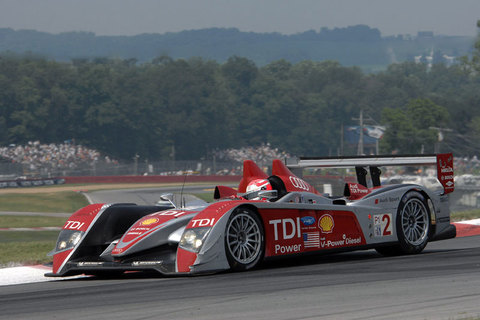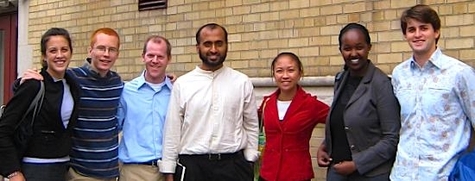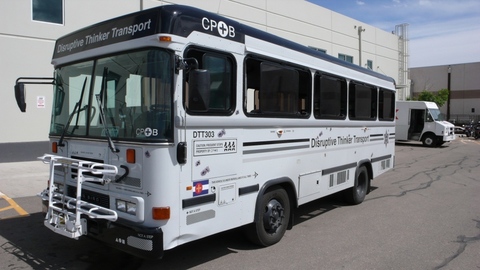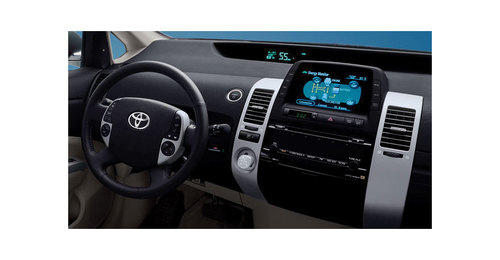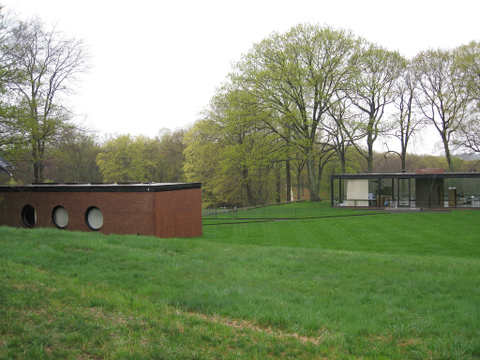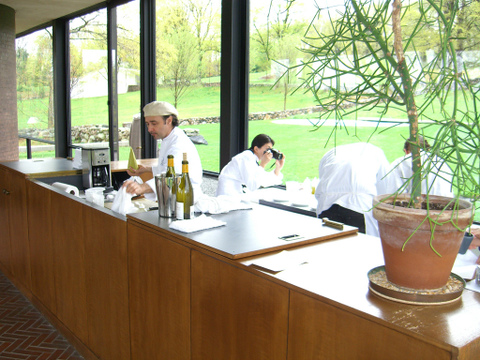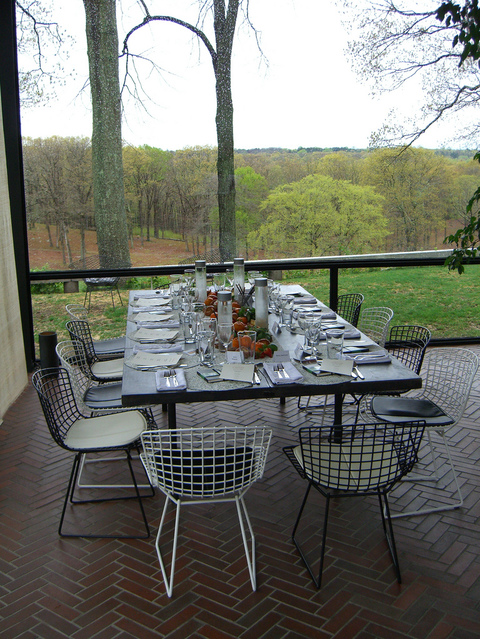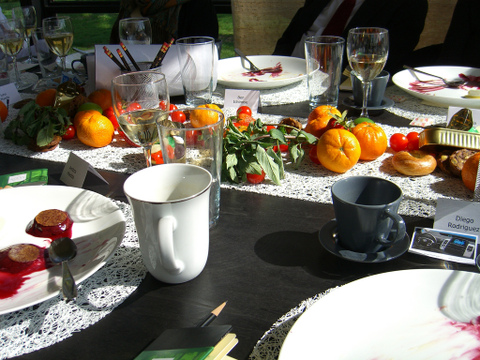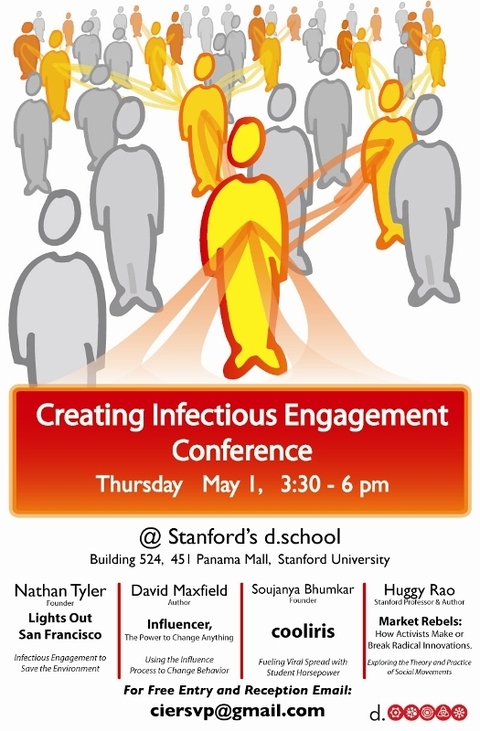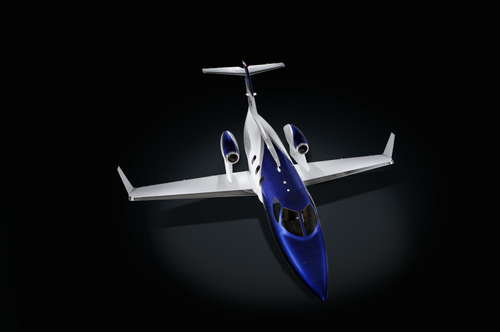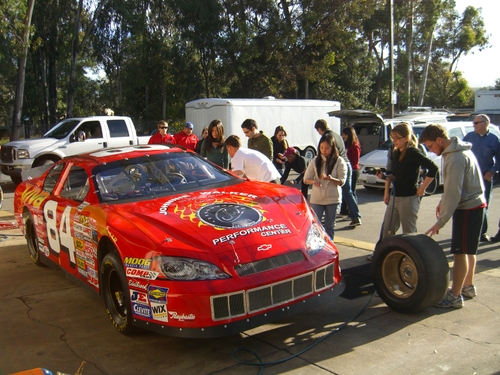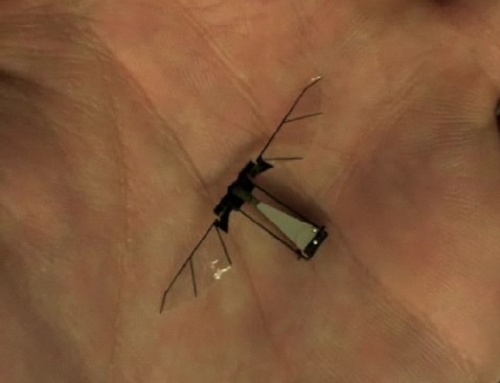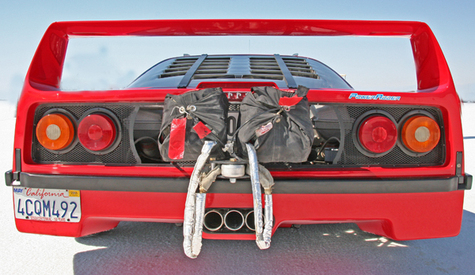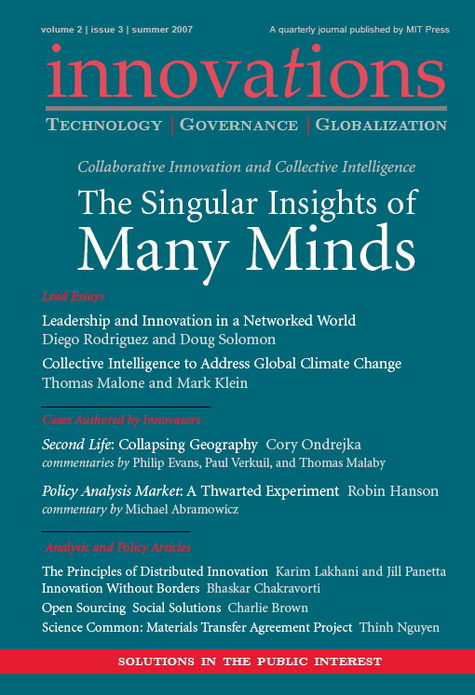The signature behavior of people who routinely achieve innovative outcomes is that they constantly seek to experience the world instead of talking about experiencing the world.
Instead of only reading someone else's market research summary, they go in the field and shop across the category in question. That way they can get a feel for all the intangibles which are lost in translation, as language, photos, and even video are imperfect mediums. Honda's innovative rethink of the pickup truck came from Saturday mornings spent in the parking lot of Home Depot.
Instead of taking someone else's diagnosis of a problem at face value, they seek a second opinion, and the deliverer of that second opinion is their own person. When there's a problem on the production line at Toyota, they don't wait for a PowerPoint to circulate with photos and diagrams of the bug in question. Instead, everyone concerned walks over to experience the bug firsthand. And then they ask: why, why, why, why, and why?
Instead of spending sixty minutes talking about what might be done, they build four 15-minute prototypes to immediately jump to the lessons that only come when you start breaking things. At the Stanford d.school, we hold "Iron Chef" prototyping sessions where small teams receive a problem statement from the audience (show me a way to run fast on the Moon!), and then they prototype the hell out of it for five minutes. And invariably they get somewhere interesting that would have been unreachable via conversation and hand waving.
Instead of only reading second-hand source or searching on Google, they go to the place and talk to people and see the sights. Talking to a person living on a dollar a day is much different than reading about it, as important as that background knowledge is. Experiencing the Mona Lisa in person is something quite different than viewing it on your MacBook. In order to understand what was really going on in Dubai, Joi Ito picked up house in Japan and moved there.
To truly start living as a design thinker, experience the world instead of talking about experiencing the world.
This is the first of 21 principles. Please give me your feedback and ideas.
